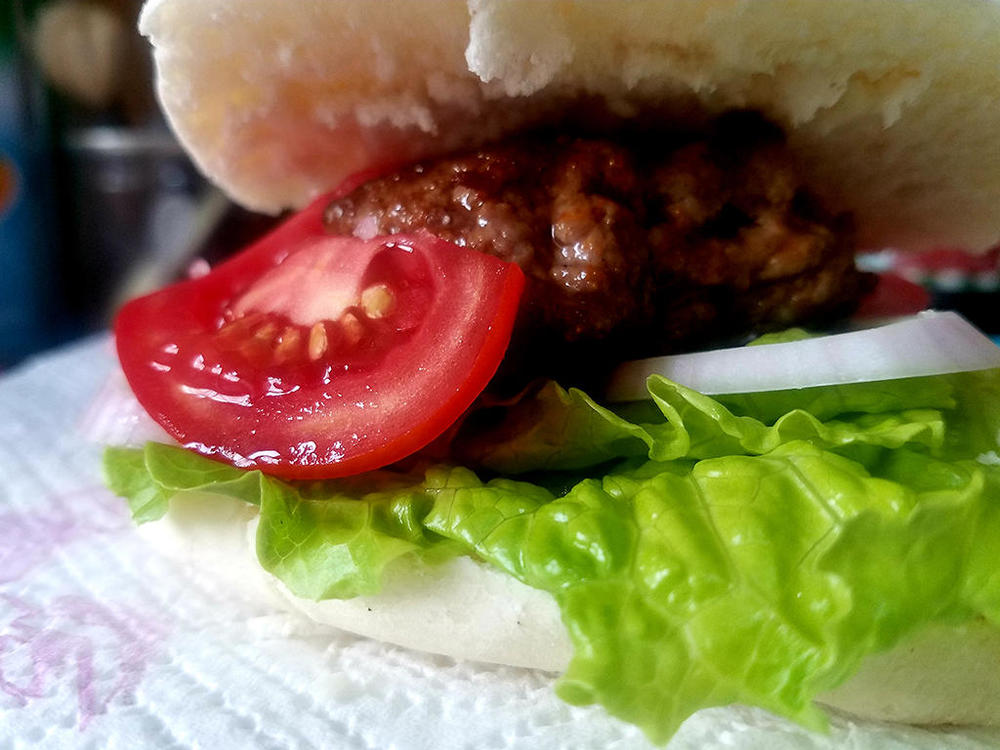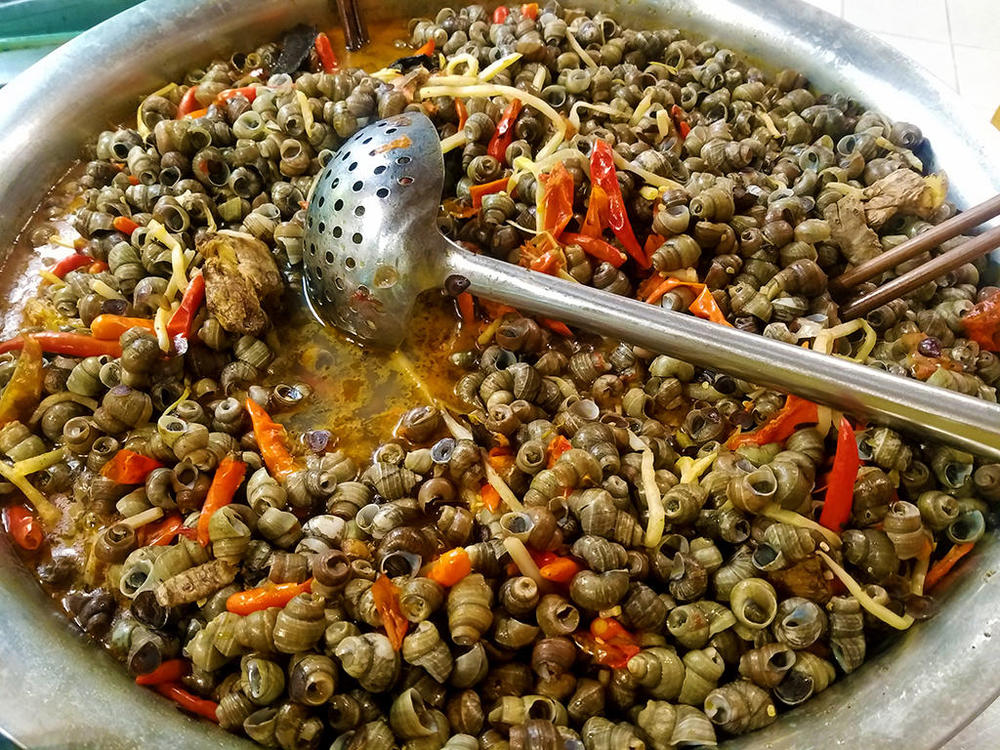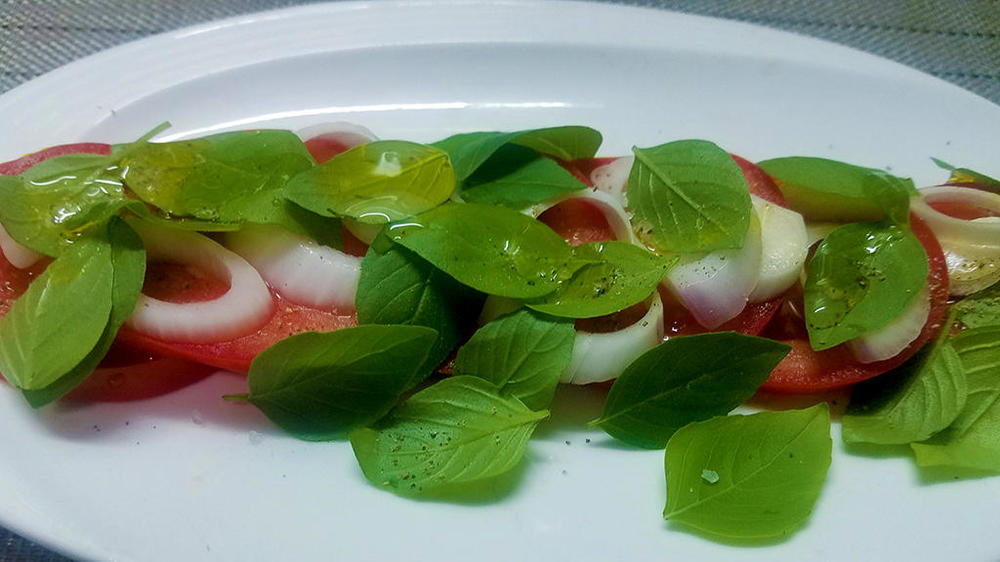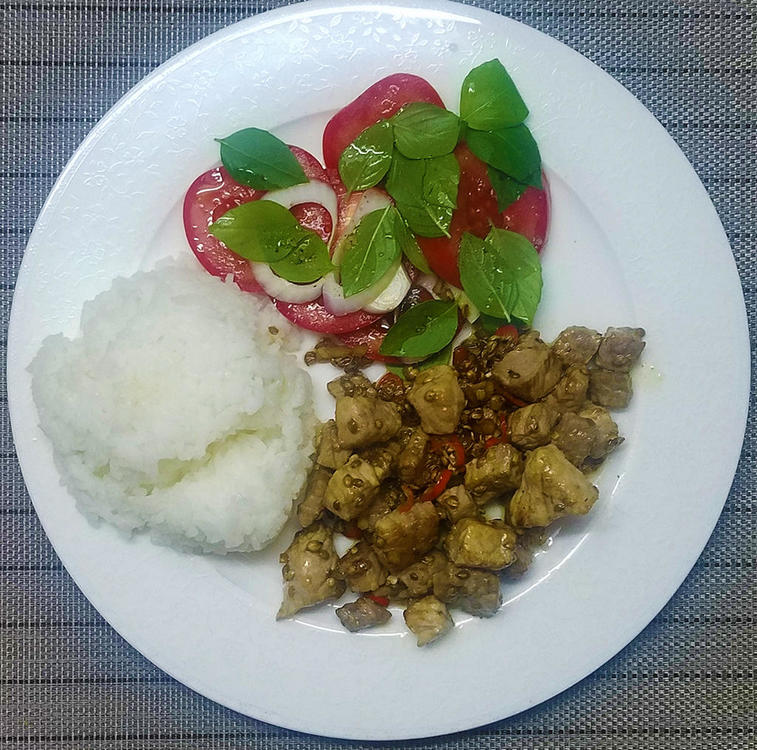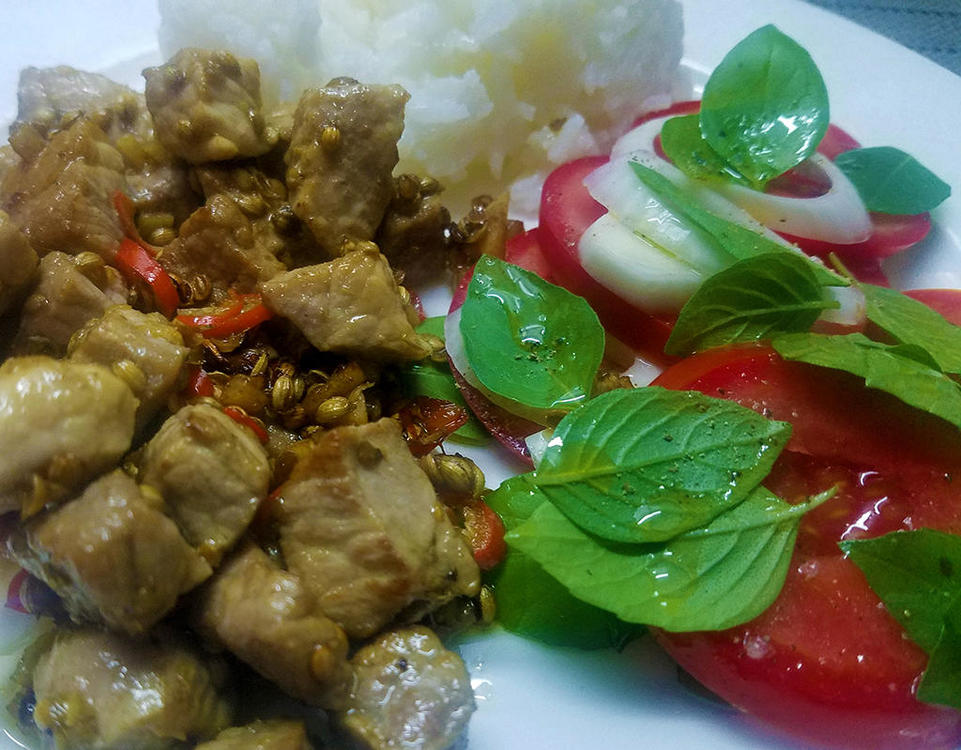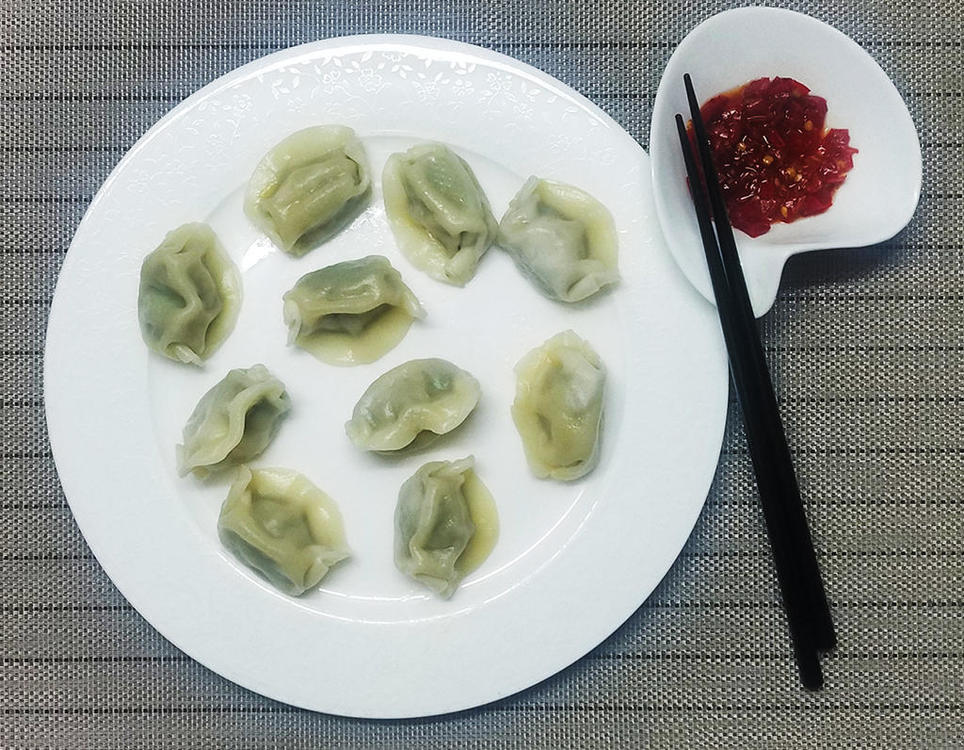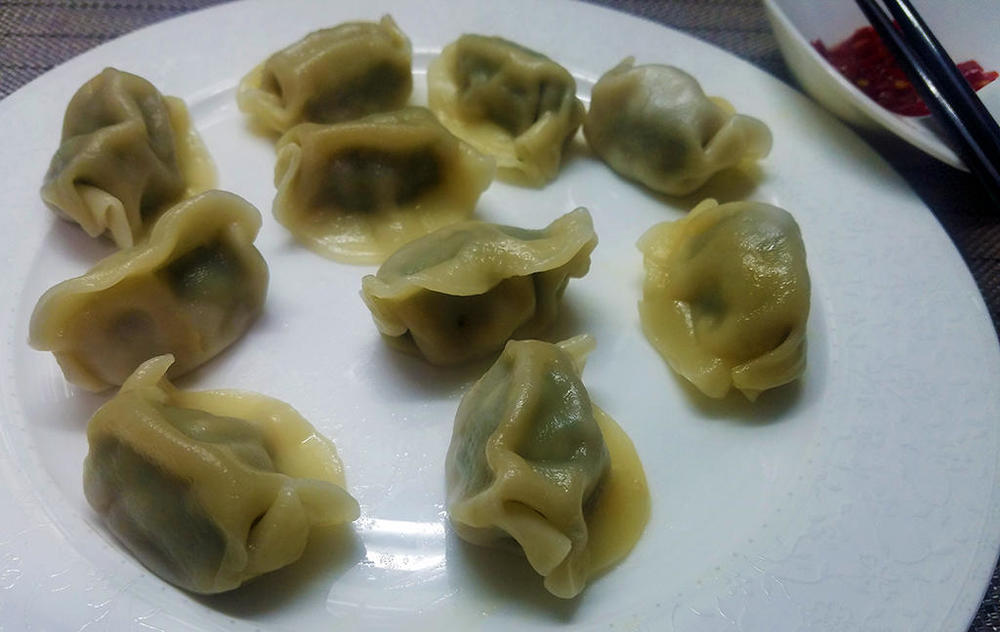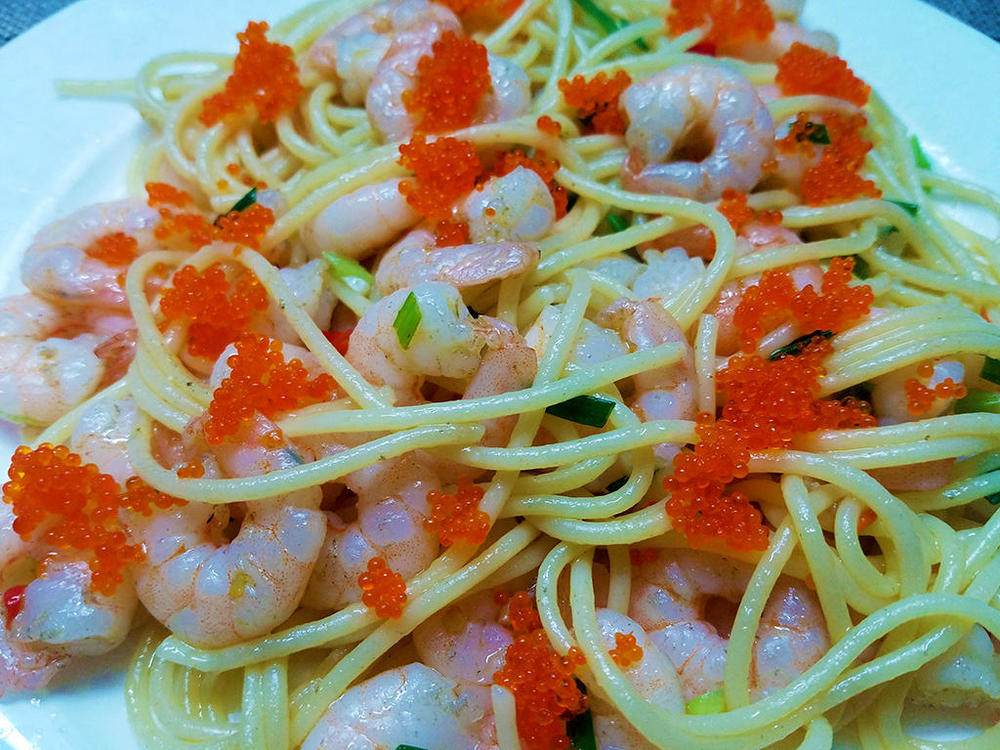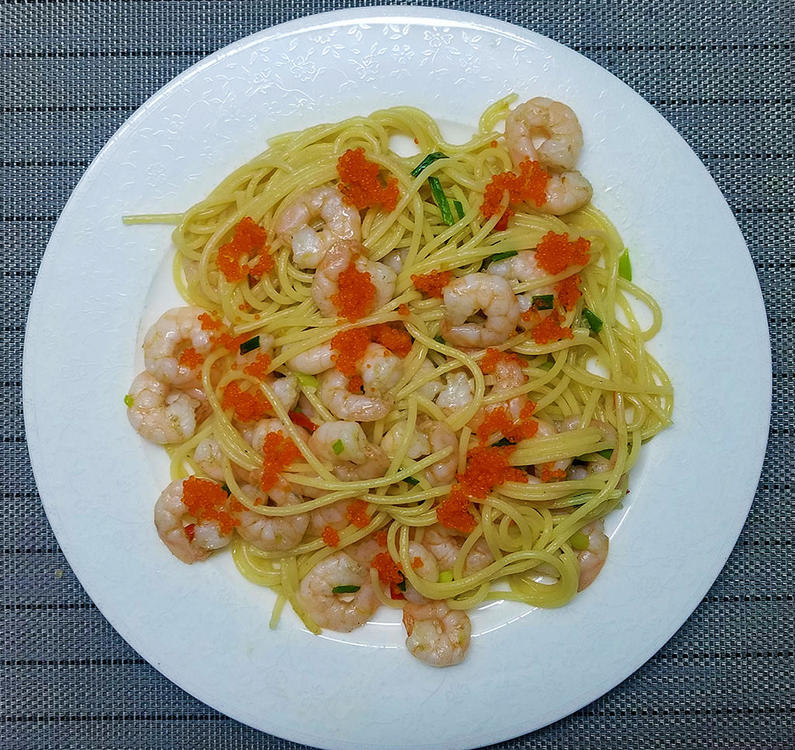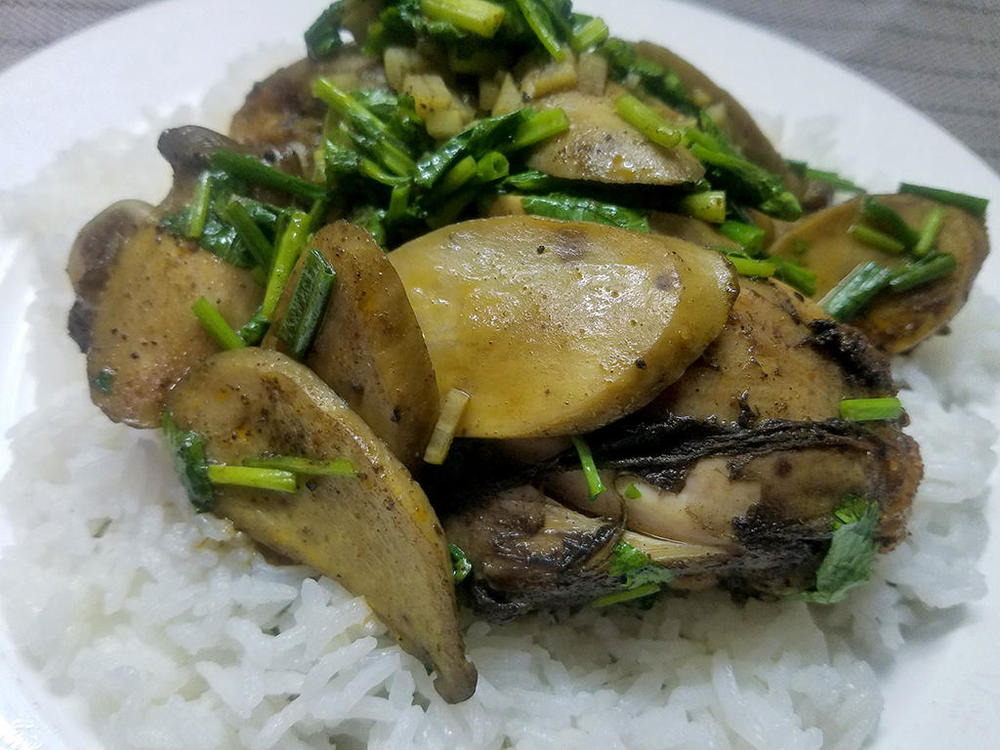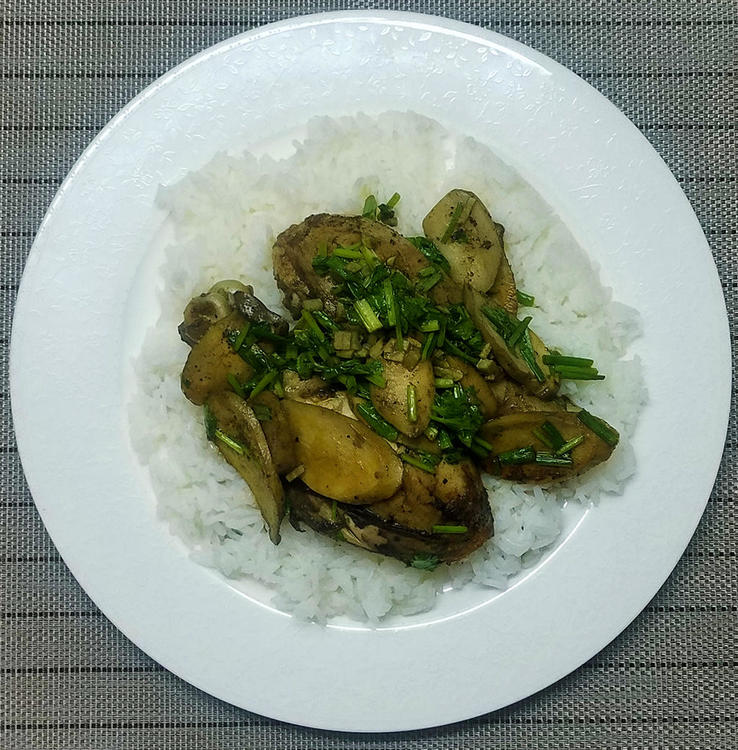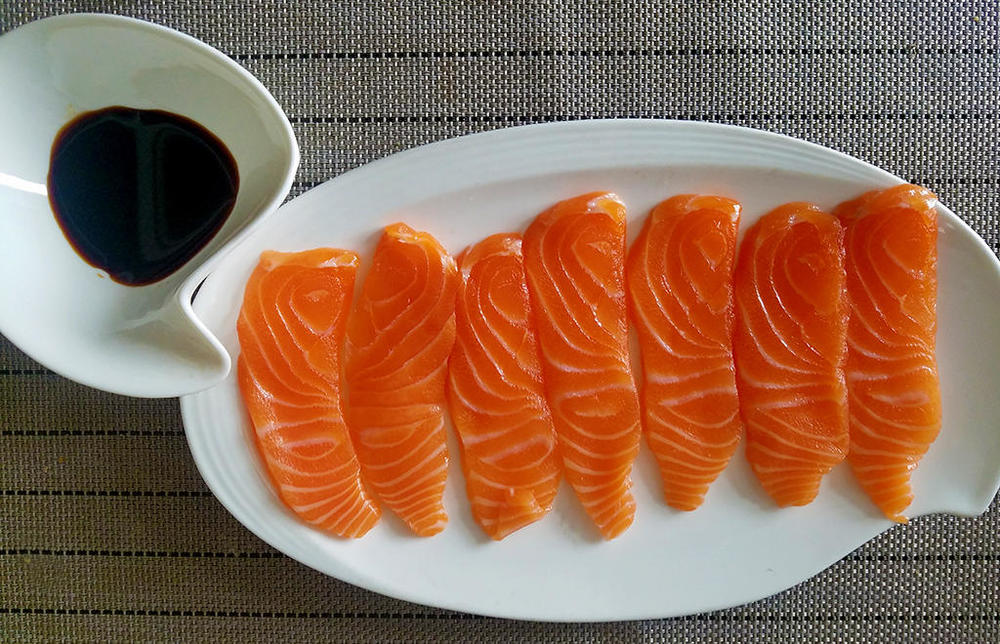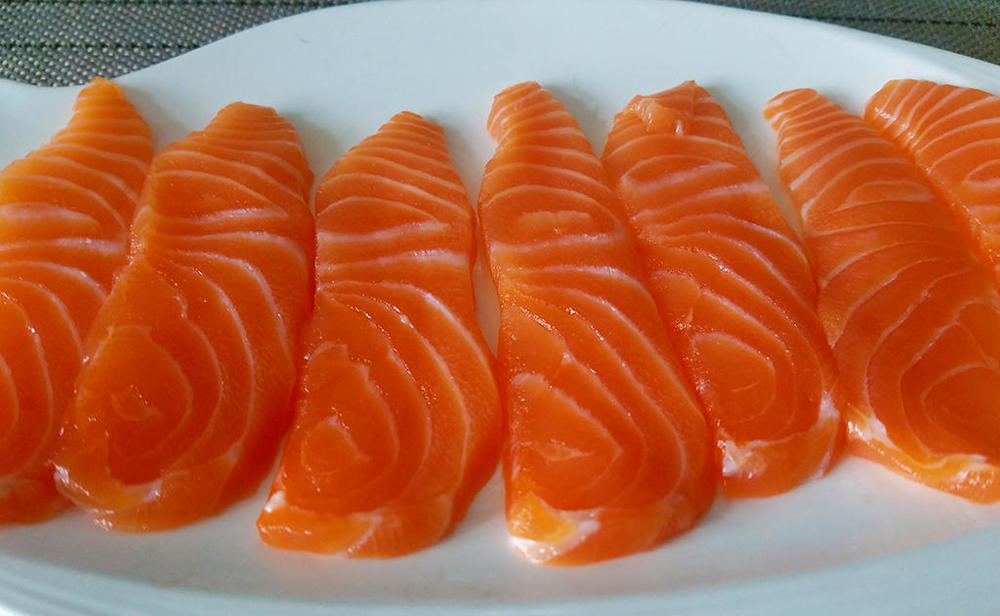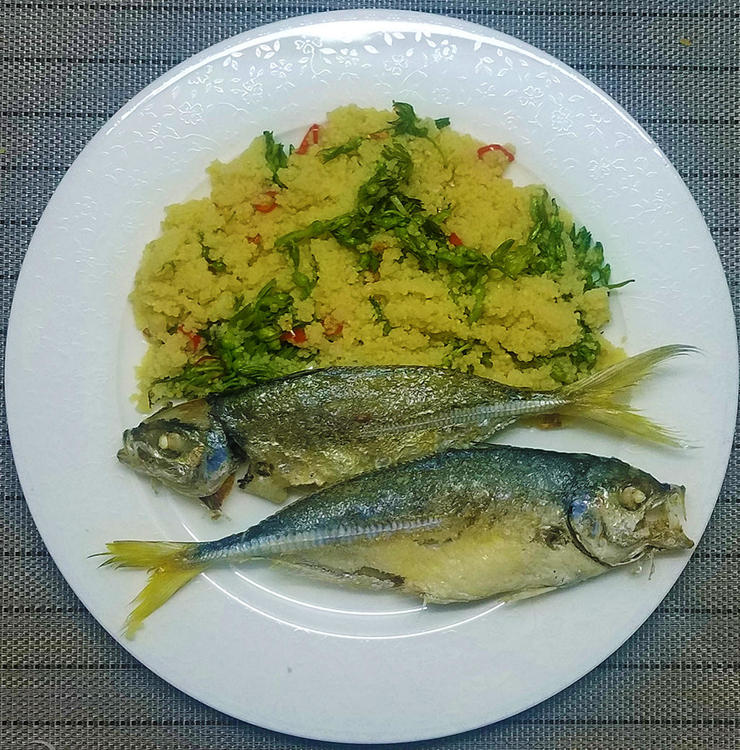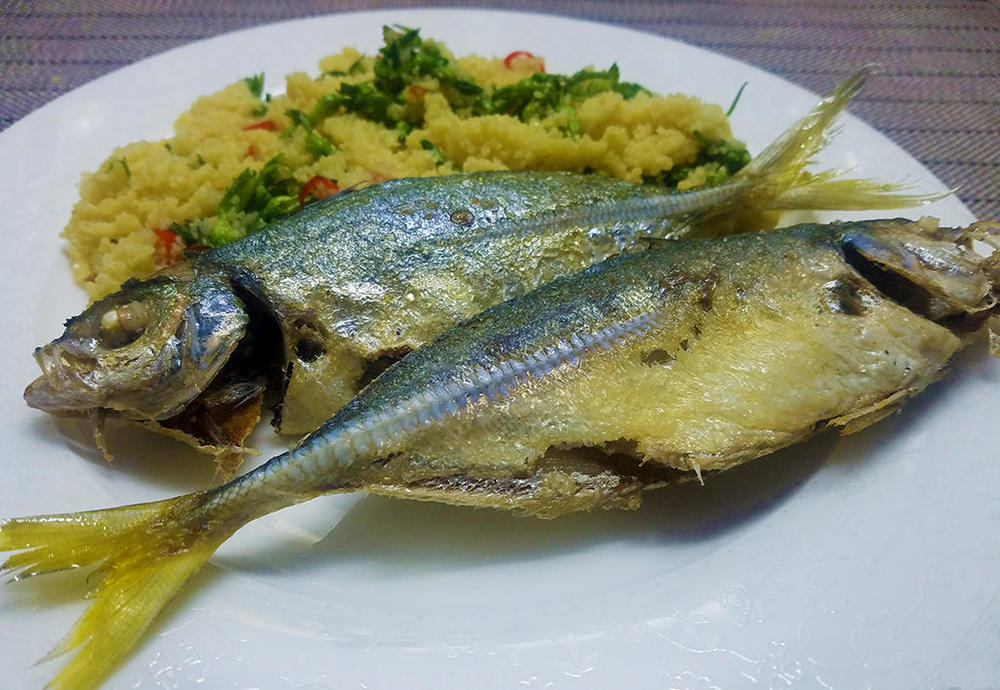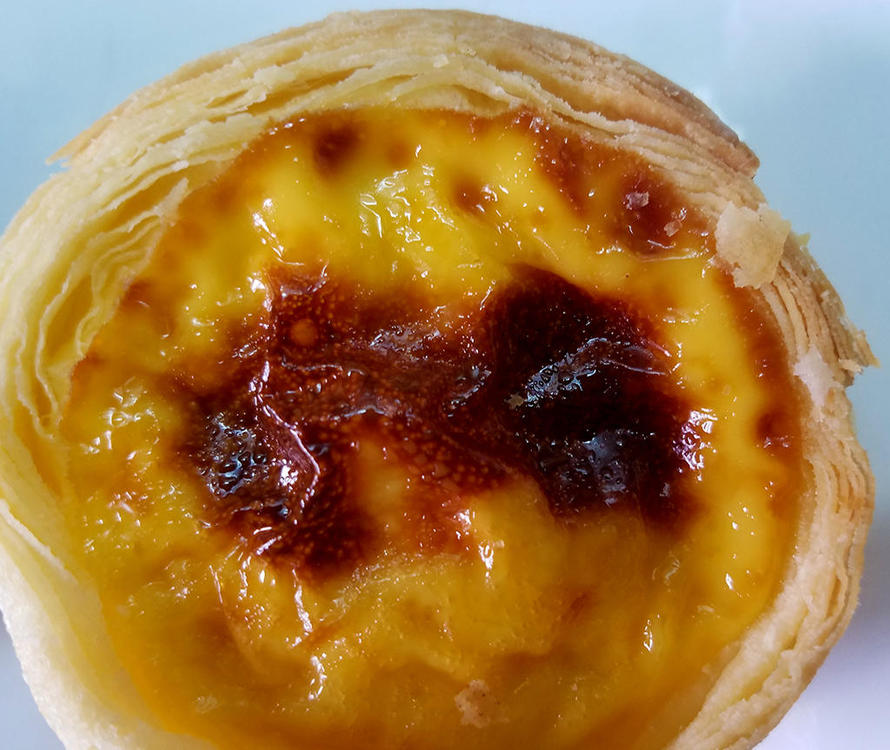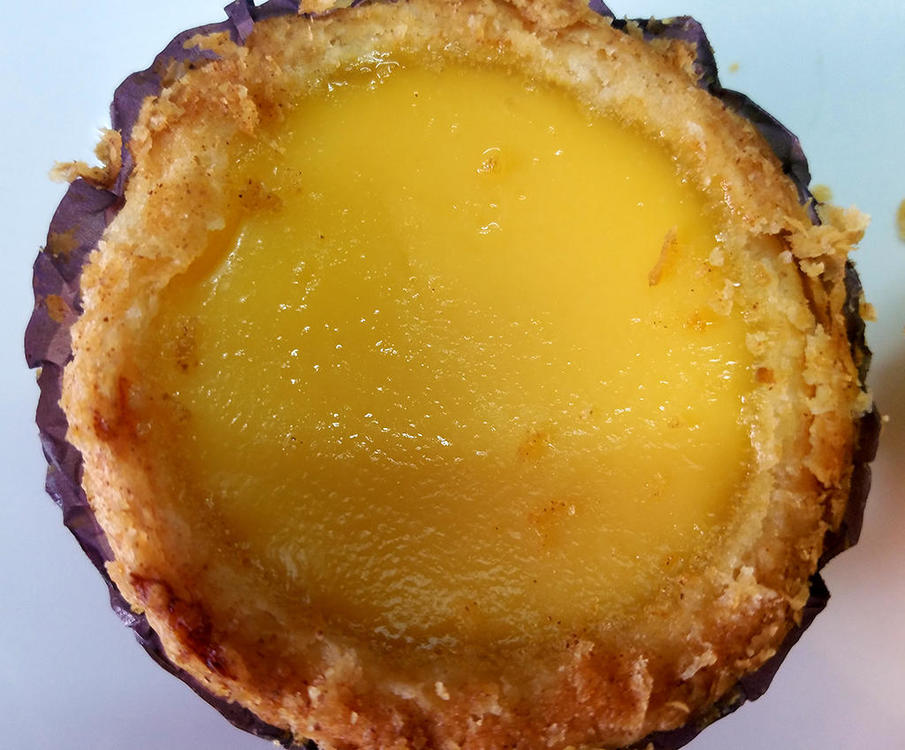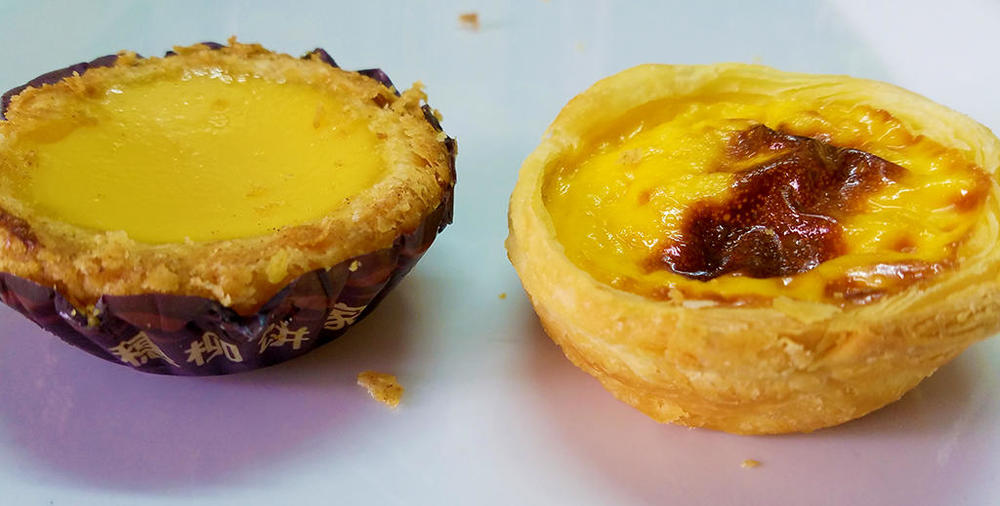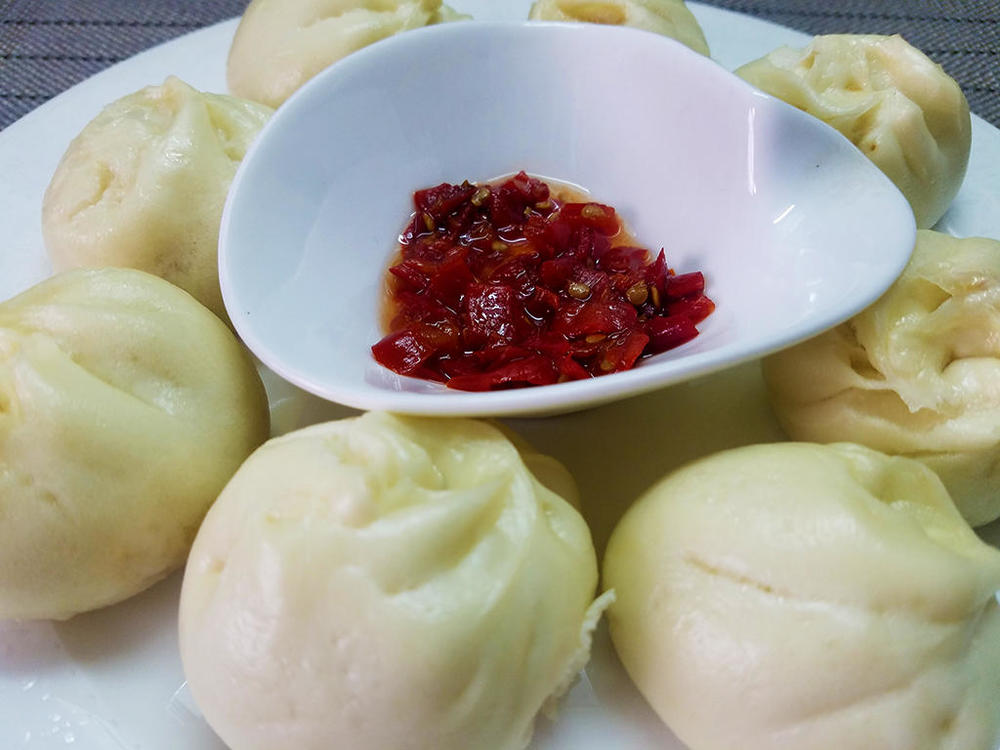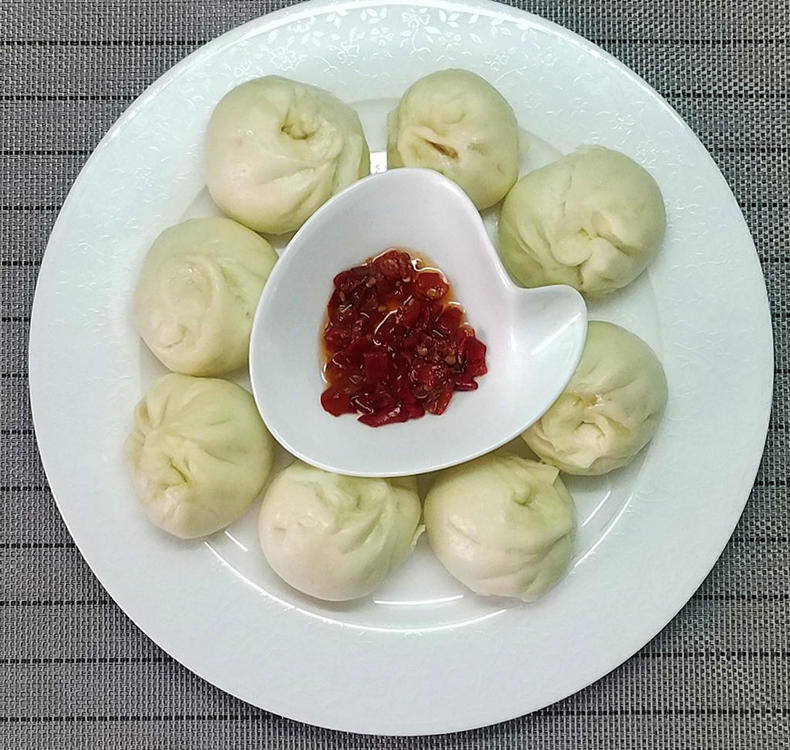-
Posts
16,667 -
Joined
-
Last visited
Content Type
Profiles
Forums
Store
Help Articles
Everything posted by liuzhou
-
and tori means "poultry"
-
Fried tori, obviously! 😃 OK. By fried I was including grilling. Yakitori is grilled chicken, isn't it?
-
I'm certainly nowhere near fluent in Japanese, but... Yaki means "fried". Well, I understand it means "cooked", but usually only applied to frying.
-
To know for sure, I'd really have to see the Vietnamese or Chinese names. Preserved bamboo is a blanket term - pickled bamboo is preserved, too. I've seen bamboo shoots dried, salt fermented, vinegar pickled and more. I'm guessing the smelly one is the vinegar one, as I know some people do dislike it, although I find it inoffensive.
-
This is the 老友分 (lǎo yǒu fēn) or "Old Friend Noodles" dish mentioned in this post (3rd from top). It's rice noodles with tomato, pickled bamboo shoots, chili, fermented black beans, garlic, scallion, and of course pork.
-
Agree. I don't consider myself a big eater, but I can happily get through over 200 grams of red meat at a sitting. 100 grams isn't even a quarter-pounder! Not that I ever eat McDonald's "food".
-
I presume you mean "eat". You arm yourself with a toothpick and winkle out the flesh, eat it, then suck the spicy, garlicky juices from the shell. Repeat until replete.
-
Indeed. I always dry the skin of any that pass my way, but even if I run out, every market and supermarket sells dried Mandarin peel.
-
-
I know I've posted versions of this before, but it is a favourite, and I never really make it exactly the same each time. Lemon and coriander pork with chilli and garlic. This time I paired it with a salad which I'm going to call "basil salad" with tomato and onion, rather than a tomato and onion salad with basil. I have a basil glut and I need to use it up before the season is over. Here is the sald. dressed with EVOO and lemon juice, sea salt and black pepper.
-
Not "directly". French borrowed it from Portuguese as "marmelade" and English borrowed it from the French. All the earliest recorded usages in English use the French or the English spellings.
-
It may be the wrong word to say I "enjoyed" your story, but it certainly amused me. Although, I had to Google 'pupu' first.
-
-
Lunch on the run today. All next week is a public holiday (China's National Day celebration), so busy trying to finish off some work. Sort of Insalata Caprese on a baguette with olive oil and sea salt. This is round one.
-
-
I too will miss your posts. Although we live not so far apart, we have had two different Chinese life and cuisine experiences. I will also miss your reports from other parts of Asia. That said, I'm now looking forward to your European gustatory exploits. Good luck and safe journey home.
-
Braised chicken legs with eryngi mushrooms, ras el hanout, chilli and garlic. With coriander leaf and Chinese chives. Served over rice.
-
-
红烧肉 (hóng shāo ròu) Red Braised Pork Belly
-
No cruelty intended. I was just answering the questions I was asked! Didn't realise their availability was so limited.
-
Thanks, but I ate that with a fork and kinife.
-
黄尾 鱼 (huáng wěi yú) - yellowtail fish, deep fried and served with couscous and 夜香花 (yè xiāng huā) - Tonkin jasmine, stir fried wih garlic and chilli.
-
@Anna N @ElsieD Picked up both sorts of egg tarts this morning. Top: Macao style; Bottom: Hong Kong style. The Macao ones are closer to the Portuguese tarts (Pastéis de Nata). Also, they use a flaky puff pastry shell whereas the HK syle use a shortcrust pastry. Macao Egg Tart Hong Kong Egg Tart Guess what I'll be snacking on this afternoon.
-




